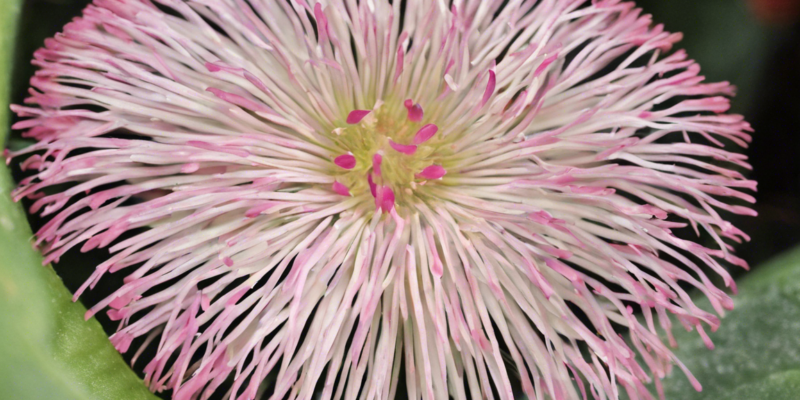Plants are fascinating organisms with complex reproductive systems that are vital for their survival and evolution. Understanding the reproductive parts of a plant is key to appreciating their diversity and the ways they propagate. In this comprehensive guide, we will explore the various components that make up the reproductive system of a plant, their functions, and how they contribute to the life cycle of plants.
Plant Reproduction Overview
Plant reproduction can be categorized into two main types: sexual and asexual reproduction. Sexual reproduction involves the fusion of male and female gametes, resulting in genetic variation in the offspring. Asexual reproduction, on the other hand, involves the production of new plants without the need for seeds or spores, leading to genetic clones of the parent plant.
Sexual Reproduction in Plants
Sexual reproduction in plants occurs through the production of flowers, which are the reproductive organs of angiosperms. Flowers contain both male and female reproductive parts, allowing for the transfer of pollen from one flower to another for fertilization. The main reproductive parts of a flower include:
1. Stamen: The male reproductive organ of a flower, consisting of the anther and filament. The anther produces pollen, which contains the male gametes, while the filament supports the anther.
2. Pistil: The female reproductive organ of a flower, consisting of the stigma, style, and ovary. The stigma receives pollen, the style connects the stigma to the ovary, and the ovary contains the ovules, which are the female gametes.
3. Pollen: The powdery substance produced by the anthers, containing the male gametes. Pollen grains are dispersed by wind, water, or pollinators to reach the stigma of a flower for fertilization.
4. Ovule: The structure within the ovary that contains the female gametes. After fertilization, the ovule develops into a seed, which contains the embryo of a new plant.
Fertilization and Seed Formation
When pollen lands on the stigma of a flower, it germinates and produces a pollen tube that grows down the style and reaches the ovary. The male gametes then travel through the pollen tube to fertilize the female gametes in the ovule, resulting in the formation of a seed.
Asexual Reproduction in Plants
Asexual reproduction allows plants to propagate without the need for seeds or spores, leading to the formation of genetic clones of the parent plant. Some common methods of asexual reproduction in plants include:
1. Runners: Plants such as strawberries and spider plants produce horizontal stems called runners that root at nodes to form new plants.
2. Rhizomes: Underground stems that grow horizontally and give rise to new shoots and roots, as seen in ginger and bamboo.
3. Bulbs: Underground storage organs that contain the developing plant, as seen in onions and tulips.
4. Cuttings: A method where a portion of a plant is cut and placed in soil or water to develop roots and form a new plant, commonly used for plants like roses and succulents.
5. Grafting: The process of joining a stem or bud from one plant onto another plant to create a new organism with desirable traits, commonly used in fruit tree cultivation.
Plant Life Cycle
The life cycle of a plant alternates between a sporophyte and a gametophyte generation. The sporophyte phase begins with the germination of a seed and gives rise to the adult plant, which produces spores through meiosis. These spores develop into the gametophyte phase, which produces gametes through mitosis for sexual reproduction. Fertilization of gametes results in the formation of seeds, completing the life cycle.
Significance of Plant Reproduction
Plant reproduction is essential for the survival and diversity of plant species. It allows for adaptation to changing environmental conditions, genetic variation, and the continuation of plant populations. Furthermore, plant reproduction plays a crucial role in ecosystems by providing food sources for animals, oxygen production, and habitat creation.
Common Questions About Plant Reproduction
-
How do plants attract pollinators?
Plants attract pollinators through the production of nectar, scent, bright colors, and specific shapes that appeal to bees, butterflies, birds, and other animals. -
What is self-pollination and cross-pollination?
Self-pollination occurs when a flower’s pollen fertilizes the ovules of the same flower or plant, while cross-pollination involves the transfer of pollen from one plant to another. -
What is the role of bees in plant reproduction?
Bees are important pollinators that transfer pollen between flowers, facilitating fertilization and seed production in many plant species. -
How do wind-pollinated plants differ from insect-pollinated plants?
Wind-pollinated plants produce lightweight pollen that is easily carried by the wind, while insect-pollinated plants often have bright colors, scents, and nectar to attract pollinators. -
Why is genetic diversity important in plant reproduction?
Genetic diversity in plant reproduction allows for adaptation to environmental changes, resistance to diseases, and the evolution of new traits in plant populations.
In conclusion, plant reproduction is a complex and fascinating process that ensures the survival and diversity of plant species. By understanding the reproductive parts of a plant and the mechanisms involved in sexual and asexual reproduction, we can appreciate the beauty and importance of plants in our ecosystems and daily lives.


Comments